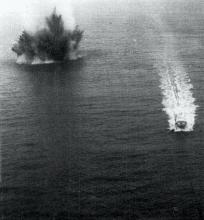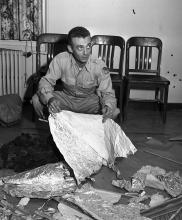Listen to today's episode of StarDate on the web the same day it airs in high-quality streaming audio without any extra ads or announcements. Choose a $8 one-month pass, or listen every day for a year for just $30.
You are here
Standard Time
Daylight Saving Time ends tonight. We’ll set our clocks back an hour as we revert to Standard Time.
Standard Time wasn’t always standard, though. In fact, the time zones we use today weren’t formalized until 100 years ago.
For the first century of American history, timekeeping wasn’t much of an issue. People didn’t travel much, and they certainly didn’t travel very far. So it was most convenient for cities and towns to keep their own time. It was noon when the Sun reached its highest point in the sky. In some cities, the time was kept by observatories, which had telescopes for measuring the Sun’s position.
But as railroads expanded in the 19th century, standard time zones became important. Trains ran through thousands of cities and towns, with the clocks set a little differently in each one. That made scheduling tough and confusing.
Scientists were concerned about timekeeping, too. An astronomer, for example, had set up the country’s first network of weather observers. But coordinating the reports was hard to do. So he led an effort by scientists to create standard time zones.
It took the railroads to get the job done, though. In 1883, they established four time zones for their own use. Some towns and states adopted the zones, but others stuck with local time, which kept things a bit jumbled.
The situation wasn’t resolved until 1918, when Congress enacted the time zones into law — bringing order to the way we keep time.
Script by Damond Benningfield






